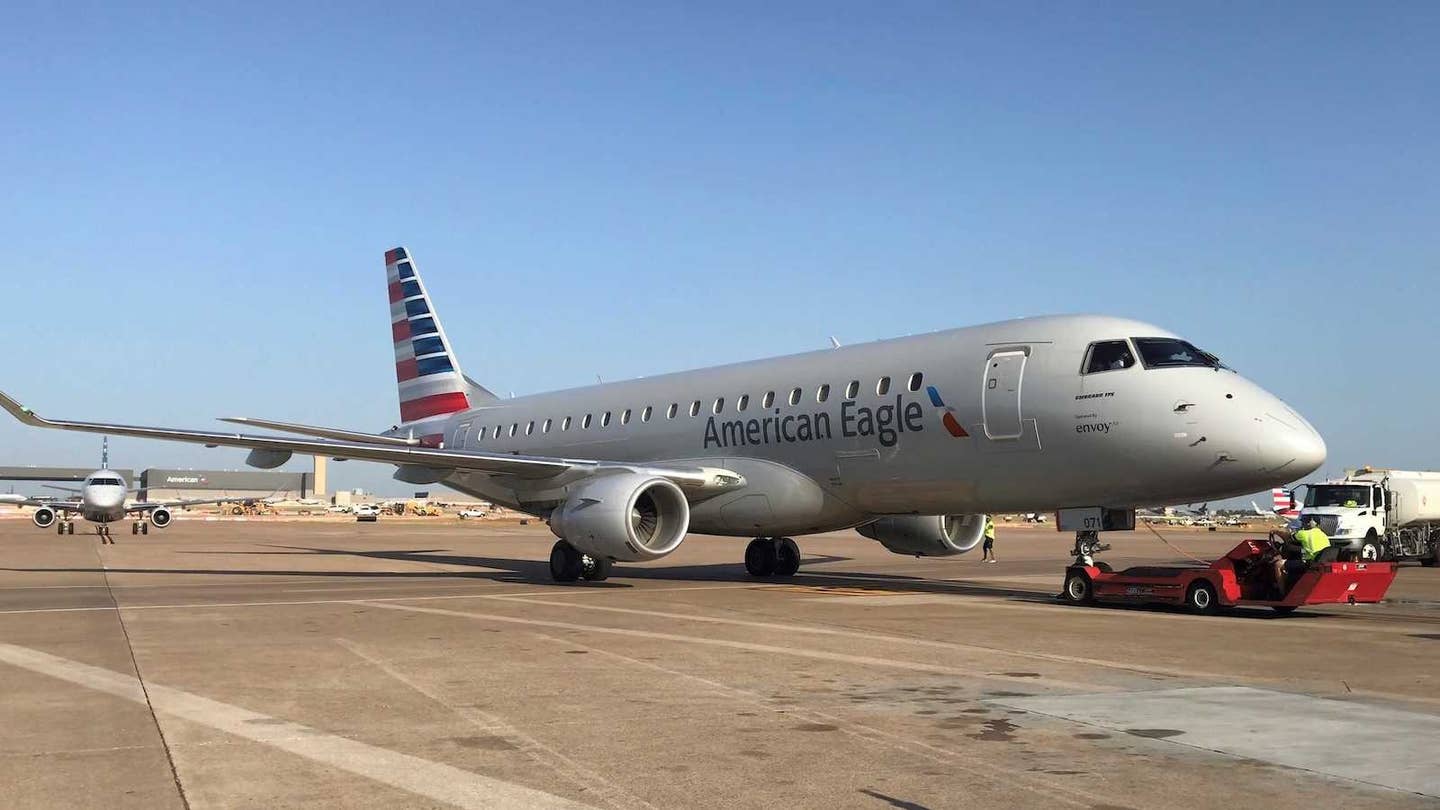
Left wing main spar lower cap fracture. NTSB
As the investigation into last month's wing separation on a Piper Arrow near Daytona Beach continues, the National Transportation Safety Board on Tuesday issued an update that points to a number of wing fractures. The PA28R-201 was owned and operated by Embry-Riddle Aeronautic University as a Part 91 instructional aircraft at the time of the accident.
An FAA designated pilot examiner and an ERAU student taking his commercial pilot checkride perished after the left wing separated from the airplane shortly after takeoff. The airplane subsequently collided with terrain and was destroyed.
Initial examination of the Arrow’s left wing main spar at the NTSB Materials Laboratory revealed more than 80 percent of the lower spar cap and portions of the forward and aft spar web doublers exhibited fracture features consistent with metal fatigue. The fatigue features originated at or near the outboard forward wing spar attachment bolt hole.
While none of the surfaces exhibited visible evidence of corrosion or other preexisting damage, the remainder of the lower spar cap, spar web doublers, and upper spar cap displayed fracture features consistent with overstress. The right wing also exhibited fatigue cracks in the lower spar cap at the same hole location extending up to 0.047-inch deep.
At the time of the accident, ERAU’s Piper Arrow, serial number 2844137 had accumulated about 7,690 flight hours on the airframe and 33,276 cycles (1 cycle = 1 takeoff and 1 landing). The NTSB’s structures group inspected another Piper PA-28R-201 on April 18 and 19 that had completed nearly the same number of flight hours and cycles and was used exclusively for student flight training.
That inspection included removal of the Arrow’s wings and also revealed a crack indication at the left lower outboard forward wing spar attachment bolt hole measuring about 0.040-inch long and deep. The second aircraft’s wings were subsequently reinstalled and examined using new inspection procedures developed by Piper Aircraft, including a bolt-hole eddy current inspection probe to confirm the location and size of the previously identified crack.
Investigators are also researching a 1987 wing separation that occurred aboard a fixed-gear Piper Archer to determine if any corrective actions discovered 30 years ago might be relevant to the Daytona Beach crash.
Nine additional PA-28R-201 airplanes were inspected under NTSB supervision using ECI techniques. No crack indications were detected. Two Piper Arrows manufactured about the same time as the accident airplane were operated by a Texas flight school. The other additional aircraft were operated by Florida-based flight schools.
The NTSB said it’s still too early in the investigation to assign a probable cause for the ERAU accident.

Sign-up for newsletters & special offers!
Get the latest FLYING stories & special offers delivered directly to your inbox






